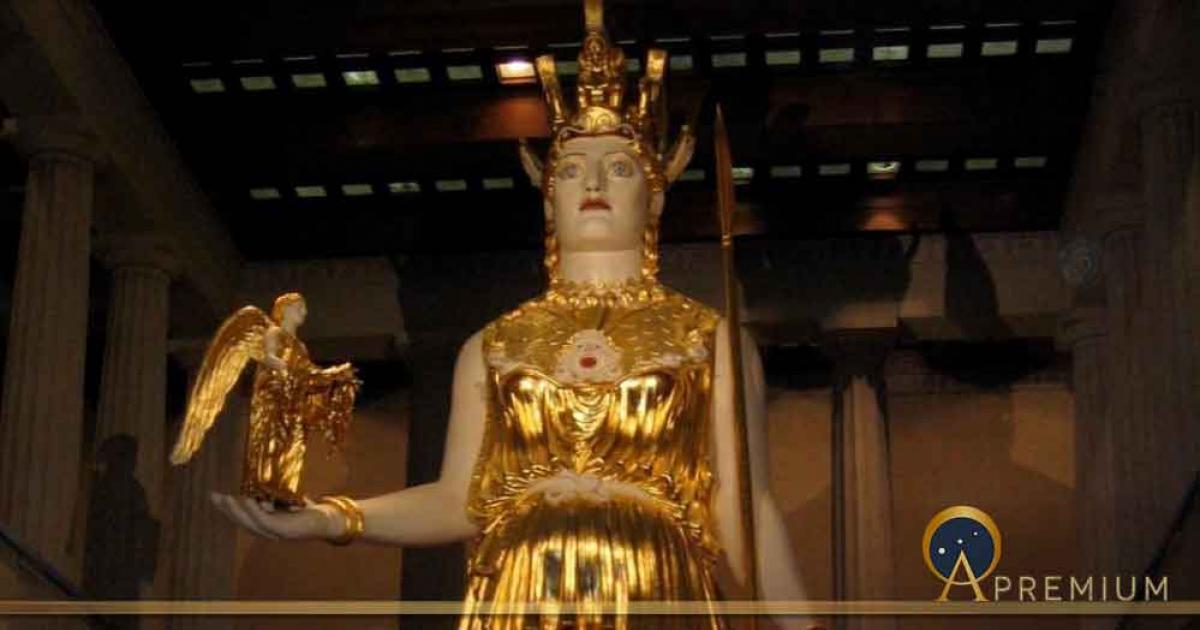
Athena Parthenos: Tales of Artistry, Myth and Athenian Glory
The city of Acte had not formally been bestowed with divine protection. However, its king, Cecrops, ushered a golden period so remarkable that the city was then renamed Cecropia and the gods acknowledged its splendor. Two of the gods that expressed their interest in the city were Athena, the goddess of war and wisdom, and Poseidon, the god of the ocean. They plan to glorify the city, rename it after themselves, and put the city under their protection.
Concerned that two of the most powerful gods in Olympus would destroy the world over their disagreement, Zeus decided to step in. He suggested Athena and Poseidon compete for Cecropia. Thus, at the time agreed, Athena and Poseidon faced each other on the Acropolis' hallowed hill. Zeus, the Olympian gods, and the Cecropians assembled to watch the battle.
Poseidon made the first move by striking the ground with his trident in one quick motion. As the ground trembled, an underwater sea formed as Poseidon’s gift to the people. However, as their city is located near the sea with an abundance of water at its disposal already, seawater was of little use to the Cecropians, and Poseidon's gift was thus received with little excitement. Athena then touched the earth with her foot. In a matter of moments, her gift for the Cecropians, a completely grown olive tree, sprung from the ground. The fruit of the tree was nutritious and could be used to manufacture olive oil, which had several uses, while the tree itself provided high-quality lumber.
As Athena's offering was superior, Cecrops declared her the victor of the competition, and the city of Cecropia was then named after her. The city of Cecropia became known as the city of Athens, and the hill of the Acropolis in which Athena was battling Poseidon was turned into a hallowed area for Athena’s worship.
Worshipping Athena in Athens
Towards the side of the Acropolis, in the eastern half of the temple that is now the Erechtheion (or Temple of Athena Polias), was the primary focus of Athena worship. There stood a statue of Athena made of olive wood. Like a doll, the statue was clothed and undressed. This was done at the feast of Plynteria. The festival's name is derived from the Greek verb πλύvειν ( plynein, which means "to wash").
This is a preview of a Premium article. Read the rest and uncover more secrets of the ancient world with Ancient Origins Premium. Join today for exclusive articles, videos, eBooks, an ad-free experience, and more. Unlock your journey back in time now!
Top Image: Detail of a recreation of Athena Parthenos at Nashville Parthenon, Tennessee, USA. Source: Lucas Livingston / CC BY 2.0















